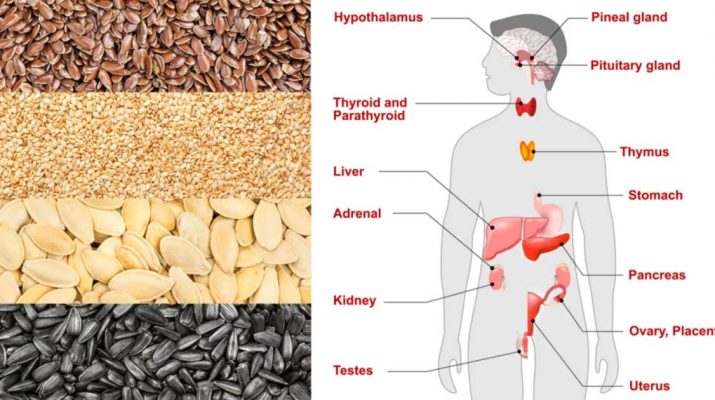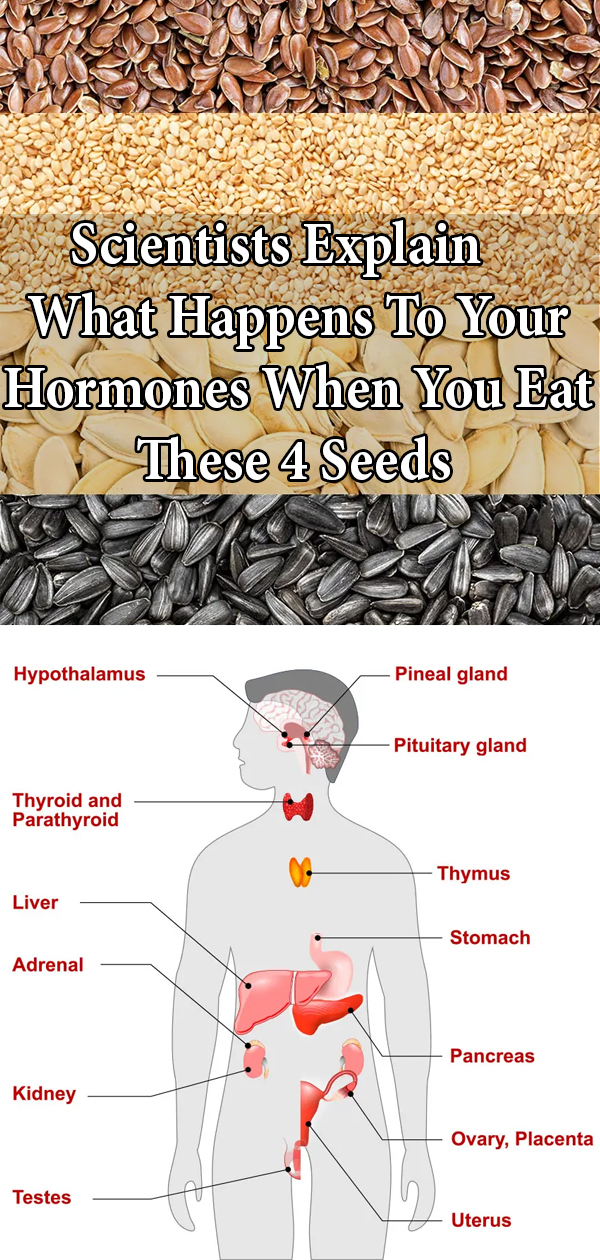From painful periods to PCOS, hormone imbalances are more prevalent than ever. This is due to a variety of factors, including, but not limited to, physical stress, emotional trauma, and environmental toxins.
We live in a fast-paced world that encourages sleep deprivation, mindless and unhealthy eating, and utilization of chemical-laden personal care products.
Birth Control Is Not The Answer
Women everywhere are on a quest for balance to either restore their period or make that time of the month less miserable. Unfortunately, this often results in weary and vulnerable patients accepting a birth control prescription from their doctor with no questions asked.
One of the most dangerous myths in America is that exogenous hormones help regulate cycles. As it turns out, the exact opposite is true. Hormonal birth control masks the root cause of dysbiosis, not to mention wreaks havoc on a woman’s body long after she stops taking it.
So if birth control isn’t the solution, what is? Unsurprisingly, nature has the answer: seeds!
Flax, pumpkin, sesame, and sunflower seeds all have nutritive properties that help support optimal hormone function in women. Seed cycling is an ancient practice that involves rotating between consumption of the different types throughout the menstrual cycle. Research has shown remarkable effects on the reduction of PMS symptoms and regulation of cycles.
What Is Seed Cycling?
Seed cycling is a practice in which women rotate consumption of four different seeds throughout their menstrual cycle. Supporters of this protocol claim it helps naturally balance progesterone and estrogen: the two main female reproductive hormones.
In a healthy cycle, estrogen is highest during the first half; progesterone during phase two. When this intricate hormonal dance becomes imbalanced, women may experience menstrual irregularities. This is because estrogen and progesterone have very different functions in the body and certain levels must be maintained for optimal function. They fluctuate over the course of a woman’s cycle depending on what stage she is in.
Stages Of The Menstrual Cycle
One of the most beautiful things about womanhood is the fact that we are cyclical creatures. Much like the moon, a woman’s cycle lasts roughly 28 days from start to finish. This explains in part why seed cycling is so effective – our nutritive needs fluctuate depending on what phase our bodies are currently in.
Menstrual cycles have four phases, each one flowing beautifully into the next if hormonal balance is in place. Here is a detailed explanation of each phase discussing what to expect, approximately how long it lasts, and what it entails.
- Day one of the menstrual cycle is the first day of heavy bleeding (excluding any preceding spotting.) A healthy cycle lasts anywhere from three to seven days, producing no more than 80 milliliters of fluid in total.
-
Follicular Phase.
- Once menstruation has ceased, the follicular phase starts. During this time period, a woman’s body has begun to gear up for ovulation. This results in an elevation of estrogen and LH (or luteinizing hormone) levels. Most women feel their best during this phase and have plenty of energy for physical activity. The follicular phase typically lasts between seven and 21 days.
-
Ovulation.
- When estrogen and LH hit their peak, the ovaries release an egg (otherwise known as ovulation.) This egg makes its way down the fallopian tubes, allowing for fertilization to occur if it makes contact with sperm, and into the uterus. Fertility is at its highest during this phase.
- Signs that you are ovulating include vaginal discharge that resembles egg whites and an increase in body temperature. Also, the cervix will be positioned higher than it usually is. These signs are important to look out for if you are getting off birth control or trying to get your period back. Recognizing ovulation is crucial to understanding your cycle.
-
Luteal Phase.
- Once ovulation is over, the luteal phase begins. During this time, LH and estrogen levels drop and progesterone rises as the body prepares for implantation (a precursor to pregnancy.) This increase in progesterone is often the culprit behind many PMS symptoms, such as fatigue, cravings, breakouts, and oily skin. Many women also experience constipation, the anticipation of which can be alleviated with dietary modifications. The luteal phase should last right around 14 days.
Menstruation begins after the luteal phase, and the entire cycle repeats itself all over again every month until menopause. A healthy cycle lasts anywhere from 21 to 35 days in total.
Why Not Birth Control For Hormone Balance?
When women come to their doctors complaining about symptoms associated with menstruation, they are immediately given a prescription for the pill. While it may induce a monthly bleed and reduce unwanted symptoms, it doesn’t address the underlying issue.
Root Causes Of Missing, Irregular, Or Painful Periods Include:
- Being overly stressed out can affect the hypothalamus, which is responsible for regulating the female reproductive system
- Low body weight. Weighing less than 10% of what is considered normal for your height is a physical stressor on the body. This can trigger a hormonal cascade that prevents ovulation from occurring. Women who participate in intense exercise, regardless of their weight, can also experience amenorrhea (loss of the menstrual cycle.)
- Much like being underweight, obesity also stresses the body out. Achieving a BMI in the normal range, which is under 25%, can restore reproductive health.
- PCOS. Polycystic ovary syndrome is a complex metabolic disorder that causes the body to overproduce androgens, more commonly known as male hormones. Cysts form on the ovaries as a result, which can impair or stop ovulation altogether. Insulin resistance, typically associated with diabetes, is also implicated in PCOS. Treating this is key to getting the hormonal system back in sync.
- Chronic illnesses such as diabetes and celiac. As previously stated, disruptions in blood sugar regulation can affect the menstrual cycle. Celiac disease, or the state of being allergic to gluten, causes inflammation in the small intestine. This can impair nutrient absorption and cause late or missing cycles.
- Perimenopause. Menopause typically occurs between ages 45 and 55. The period just before menstruation stops is known as perimenopause, which means a woman’s egg supply is approaching zero. Missed periods are common (and normal) during this time.
- Thyroid issues. The thyroid is the body’s master regulatory gland, so hormone levels can be affected when it’s over or underactive. Luckily, thyroid dysfunction can be easily regulated with medication.
How To Seed Cycle
Days 1-14:
- 1-2 tbsp of raw, organic, freshly-ground flax seeds daily
- 1-2 tbsp of raw, organic, freshly-ground pumpkin seeds daily
Both flax and pumpkin seeds contain high concentrations of omega-3 fatty acids. These essential nutrients are known to increase uterine blood flow and promote healthy cell membranes. Additionally, flax seeds have polyphenols called lignans, which bind to excess estrogen which is unopposed by progesterone during the follicular phase.
Pumpkin seeds, on the other hand, are rich in zinc. This trace mineral supports healthy progesterone production when the second phase of your cycle rolls around.
Days 15-28
- 1-2 tbsp of raw, organic, freshly-ground sesame seeds daily (or tahini)
- 1-2 tbsp of raw, organic, freshly-ground sunflower seeds daily (or sunflower seed butter)
Sesame seeds also contain lignans, which block excess estrogen during a time when progesterone is supposed to be higher. Sunflower seeds contain selenium, a trace mineral that aids in the detox of excess hormones by the liver. This is an essential step because an overloaded liver can cause estrogen or progesterone to recirculate in the body.
Is Seed Cycling Effective?
While a direct link between the practice of seed cycling and hormone balance has yet to be established, it is still very much rooted in science. Plenty of evidence highlights the aforementioned nutritive aspects of the four seeds that help women maintain optimal estrogen and progesterone levels.
Additionally, studies have shown that flax seeds help length the luteal phase. This can improve fertility and reduce common premenstrual symptoms such as breast tenderness and abdominal pain.
All four seeds contain Vitamin E and both Omega-3 and 6 fatty acids. These are essential for hormone production and optimal function of follicles. Omega-3s, in particular, have been shown to have a direct impact on progesterone secretion.
Final Thoughts On What Happens To Your Hormones When You Eat These 4 Seeds
Many women struggle with imbalanced hormones, whether from stress, underlying disease, or one of many other factors. Doctors will often prescribe birth control as a solution; however, it only manages symptoms at best. Without addressing the root cause, restoring homeostasis in the body is impossible.
Working with a functional practitioner to determine your specific underlying condition is the gold standard. However, there are middle-ground solutions if that isn’t feasible. Seed cycling, or rotating consumption of four different seeds throughout your cycle, is one of them. Flax, pumpkin, sesame, and sunflower seeds all have unique nutritive properties that penetrate deep below the surface and help balance a woman’s hormones.


